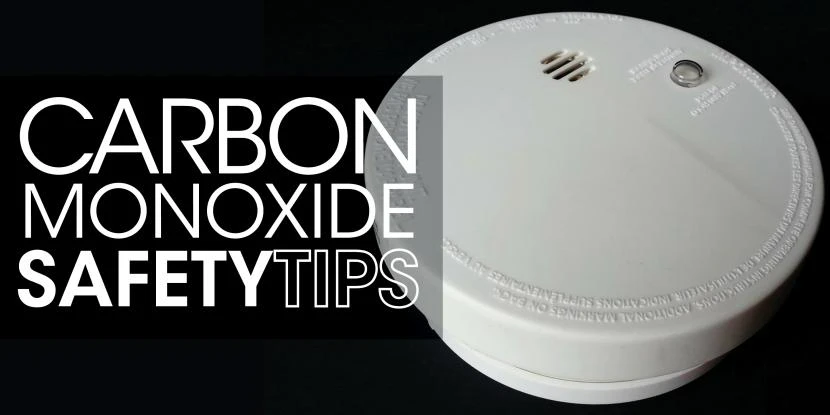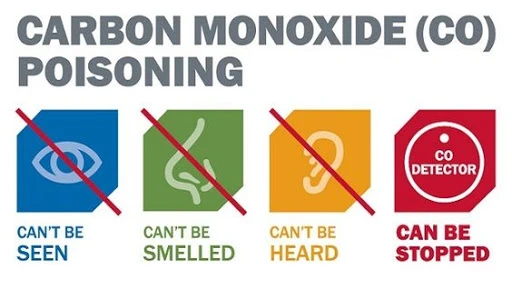
Carbon monoxide (CO) poisoning can be a swift and silent killer. Aire Serv is here to guide you through signs, symptoms, and common causes of carbon monoxide poisoning.
What Causes Carbon Monoxide Poisoning?
Carbon monoxide is a colorless, odorless gas released as a byproduct of combustion. This means that vehicles, gas-powered power tools and appliances like furnaces, clothes dryers and fireplaces can all be the source of a potentially lethal carbon monoxide leak.

If working properly, household appliances vent the carbon monoxide away from the house and its occupants. But if the appliances malfunction or if gas-powered tools like leaf blowers, grills, and portable generators meant for outdoor use are used indoors, carbon monoxide poisoning can quickly result. Automobiles left running in the garage is another leading cause of CO poisoning, thanks to remote starters and keyless ignitions.
Common sources of household carbon monoxide leaks:
- Gas-powered and wood-burning fireplaces
- Water heaters
- Wood-burning or pellet stoves
- Portable generators
- Gas-powered refrigerators (often found in RVs or trailers)
- Kerosene lamps
- Gas-powered stoves
- Automobiles (vehicles accidentally left running in closed garages endanger occupants of the car, the garage, and also the home)
Does Carbon Monoxide Smell?
One of the chief reasons carbon monoxide is so dangerous is that it is odorless and colorless. The only way to detect carbon monoxide prior to the onset of symptoms of poisoning is by using a carbon monoxide detector.
What Are the Symptoms of Carbon Monoxide Poisoning?
The first symptoms of carbon monoxide poisoning include dizziness, headache, confusion and weakness. Symptoms of continued exposure are sometimes described as “flu-like,” and include an upset stomach, chest pain, and vomiting. Carbon monoxide poisoning is very serious and can lead to death, this is especially true if individuals are asleep or impaired. It only takes a brief period for symptoms like weakness, headache and dizziness to set it in. If one or multiple people in your home or office notice these symptoms, evacuate the building and seek medical assistance.

If you suspect that you or someone you know is suffering from carbon monoxide poisoning, leave the home or business. Head outside and take in the fresh air. Call 911 immediately.
How to Prevent Carbon Monoxide Poisoning
The most effective way to protect you and your family from carbon monoxide poisoning is to install carbon monoxide detectors and to test them frequently. The Centers for Disease Control and Prevention recommends that homeowners test and replace the batteries in their carbon monoxide detectors when the time changes in the spring and fall. They also recommend that homeowners install multiple carbon monoxide detectors in their homes—one on each floor and one outside of all sleeping areas.
Homeowners can take additional steps to reduce their exposure to carbon monoxide, including:
- Properly venting large household appliances that rely on fuel for operation (gas-powered dryers, HVAC systems, etc.)
- Scheduling routine professional inspection and maintenance of items like furnaces, water heaters, and fireplaces.
- Backing cars out of the garage before warming them up. Do not warm up a car inside the garage! Modern, keyless cars are a new carbon monoxide hazard as well. The New York Times reports that there have been over 50 deaths across the United States and Canada due to motorists parking in their garages and then exiting the vehicle without having turned their car off. Vehicles in the garage have also been started remotely by accident, potentially by children playing with the remote starter or FOB. Carbon monoxide from a vehicle running in a garage will seep into a home, endangering all occupants.
Aire Serv is your guide to clean, comfortable and safe air. Never an overtime charge.


